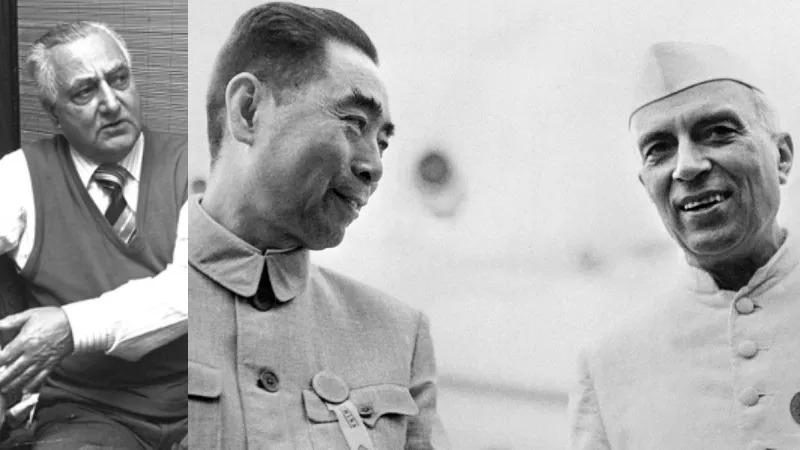The Panchsheel Agreement, forged on April 29, 1954, marked a significant diplomatic effort between India, China, and Myanmar to resolve border disputes and promote peaceful coexistence. Named after the Sanskrit word for “Five Principles,” Panchsheel encapsulated a set of mutual understandings aimed at fostering stability and cooperation in the region. At its core were principles of mutual respect for sovereignty, non-aggression, non-interference in internal affairs, equality, and peaceful coexistence.
Historical Context and Implementation
Initiated during a period of optimism post-World War II and amidst the early years of the Cold War, Panchsheel was seen as a beacon of hope for newly independent nations navigating geopolitical complexities. Prime Ministers Jawaharlal Nehru of India and Zhou Enlai of China, alongside Myanmar’s leadership, championed these principles as foundational to their foreign policies. The agreement was a response to border tensions, particularly between India and China, and sought to establish a framework for resolving disputes peacefully.
However, the idealistic vision of Hindi-Chini Bhai-Bhai (India-China brotherhood) that emerged from Panchsheel was short-lived. In 1962, just eight years after the agreement’s signing, China launched a military offensive against India in the Himalayan region of Aksai Chin, challenging the spirit of non-aggression and peaceful coexistence espoused in Panchsheel. This conflict not only shattered the bilateral trust but also highlighted the strategic vulnerabilities and differing interpretations of the agreement’s principles.
Impact and Legacy
The aftermath of the Sino-Indian War of 1962 deeply affected bilateral relations and reshaped regional dynamics. Panchsheel, initially hailed as a milestone in Asian diplomacy, came under scrutiny as India accused China of betraying the principles it had once endorsed. The war not only underscored the limitations of Panchsheel in preventing armed conflict but also revealed the underlying power struggles and territorial ambitions between the two nations.
For India, the fallout from the war prompted a reassessment of its security policies and diplomatic strategies. It highlighted the need for stronger defenses and a more nuanced approach to managing its relationship with China, particularly in border areas where territorial disputes persist to this day. Panchsheel, once seen as a framework for peaceful coexistence, became a cautionary tale in Indian foreign policy, emphasizing the importance of vigilance and strategic preparedness.
Contemporary Relevance and Diplomatic Challenges
Today, the legacy of Panchsheel continues to influence India-China relations and broader regional dynamics. Despite efforts to maintain stability through confidence-building measures and bilateral dialogues, border incidents periodically strain relations between the two nuclear-armed neighbors. The unresolved status of territories like Aksai Chin and Arunachal Pradesh remains a contentious issue, reflecting ongoing challenges in implementing the principles of territorial integrity and peaceful coexistence as envisioned in Panchsheel.
Moreover, China’s assertive foreign policy stance, particularly its Belt and Road Initiative and strategic partnerships across Asia and beyond, has redefined its global influence. The principles of Panchsheel, while foundational to India’s diplomatic rhetoric, face skepticism in the face of contemporary geopolitical realities and power dynamics. India’s evolving alliances, including its partnerships with the United States and other Quad members (Australia, Japan), underscore its efforts to balance regional stability with strategic autonomy.
Conclusion
In conclusion, while the Panchsheel Agreement of 1954 laid down principles that were instrumental in shaping early post-colonial diplomacy in Asia, its legacy remains fraught with complexities and challenges. The agreement’s failure to prevent conflict between India and China in 1962 revealed inherent limitations in its application and interpretation. Yet, Panchsheel’s enduring significance lies in its aspiration for peaceful coexistence and mutual respect among nations, ideals that continue to resonate in India’s foreign policy discourse.
As India navigates a rapidly evolving global landscape and recalibrates its approach to regional security, the principles of Panchsheel serve as a historical reminder of the complexities inherent in diplomacy and the enduring quest for peace in a multipolar world.
ALSO READ: PM Modi alleged that the Congress ……………?
